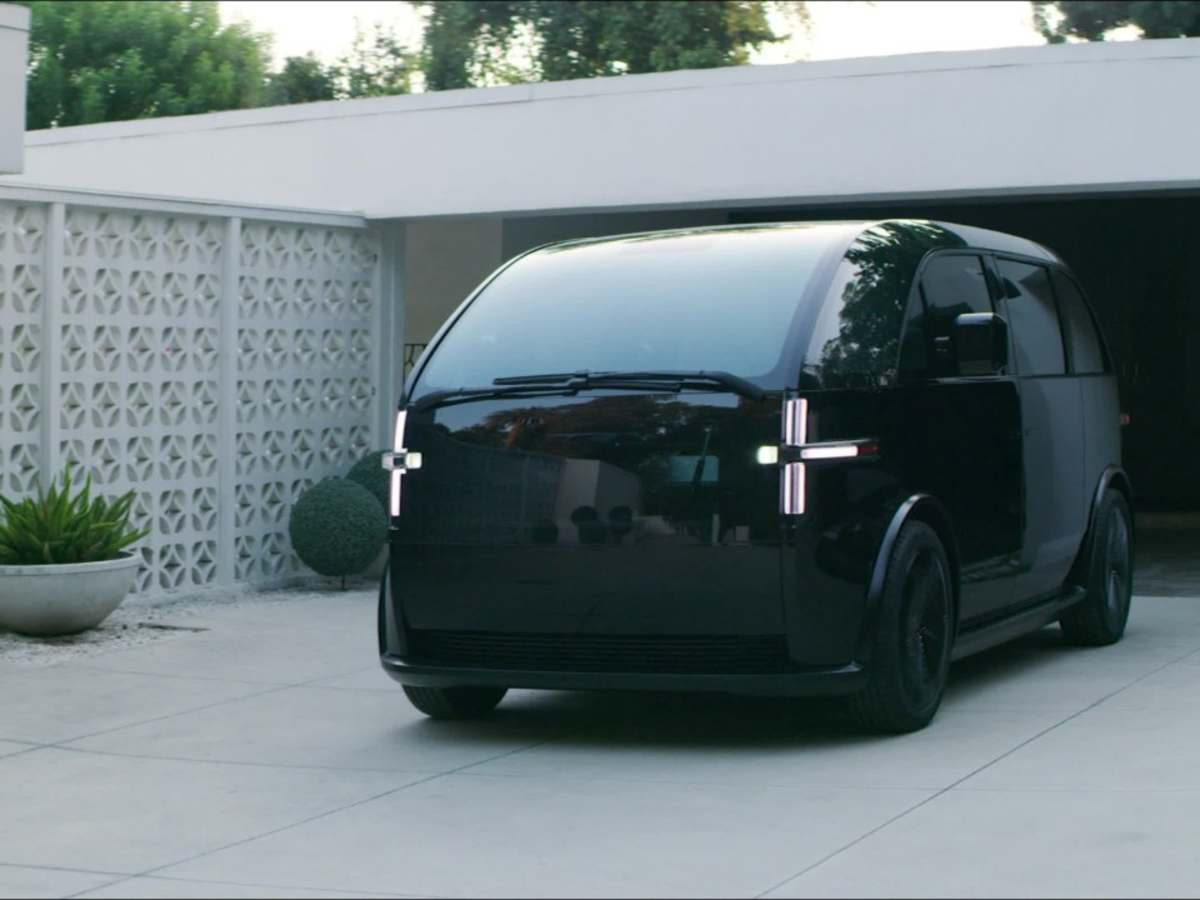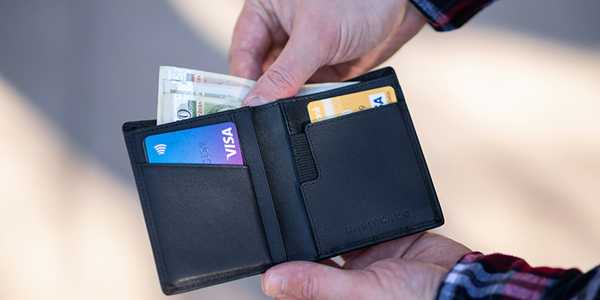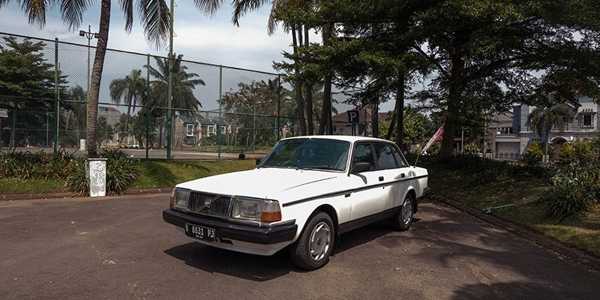8 modelos de carros automáticos usados por até R$ 50.000
Say Goodbye to Poor Sleep: How Adjustable Beds Are Changing Lives (For Less Than You Think!)
Affordable Electric Cars for Seniors: Compact, Stylish, and Senior-Friendly
18 Melhores Agências de Marketing Digital para Impulsionar Suas Vendas
Os 14 melhores carros automáticos usados até R$30 mil
Die Zukunft der Mobilität: Warum Elektroautos bald Hybridfahrzeuge ablösen werden
Laser Skin Rejuvenation: How It Works and What You Should Expect
Are you seeking a non-invasive way to restore your skin’s youthful appearance? Laser skin rejuvenation might be the perfect solution. This advanced treatment uses cutting-edge laser technology to smooth wrinkles, reduce sunspots, and enhance overall skin texture. But how exactly does the process work, and what can you expect from the treatment? Understanding the procedure and its benefits will help you make an informed decision about revitalizing your skin.
Are you seeking a non-invasive way to restore your skin’s youthful appearance? Laser skin rejuvenation might be the perfect solution. This advanced treatment uses cutting-edge laser technology to smooth wrinkles, reduce sunspots, and enhance overall skin texture. But how exactly does the process work, and what can you expect from the treatment? Understanding the procedure and its benefits will help you make an informed decision about revitalizing your skin.
Laser skin rejuvenation has become increasingly popular due to its ability to provide smoother, firmer skin without the need for surgery. By stimulating collagen production and targeting imperfections, it can address common skin issues such as fine lines, acne scars, and uneven pigmentation. Let’s take a closer look at how the treatment works and what you need to know before scheduling your session.
1. How Laser Skin Rejuvenation Works
Laser skin rejuvenation works by using concentrated beams of light to gently remove damaged skin layers, promoting collagen renewal. As the laser stimulates deeper layers of the skin, it helps tighten the surface, smooth out wrinkles, and improve overall tone and texture. This results in fresher, younger-looking skin.
2. Types of Laser Treatments Available
There are two main types of laser treatments: ablative and non-ablative.
Ablative lasers: These lasers remove thin layers of skin, offering more dramatic results by treating deeper layers of the skin. This type of treatment typically requires some recovery time.
Non-ablative lasers: These lasers work beneath the skin’s surface, stimulating collagen production without removing layers of skin. They are less invasive, and recovery time is minimal.
Both types are effective, but the choice of treatment will depend on your skin concerns and the desired level of improvement.
3. What Skin Concerns Can It Treat?
Laser skin rejuvenation is highly effective for addressing a wide range of skin issues, including:
Fine lines and wrinkles: Smooth out the appearance of aging skin.
Sun damage: Reduce the appearance of sunspots and discoloration.
Acne scars: Minimize the marks left by previous breakouts.
Uneven skin tone: Help achieve a more uniform complexion.
Age spots: Fade dark spots and restore skin clarity.
Laser treatments can also help improve skin elasticity and minimize enlarged pores, making it an excellent choice for anyone looking to enhance their overall skin texture and appearance.
4. What to Expect During the Procedure
Each session of laser skin rejuvenation typically lasts between 30 to 60 minutes, depending on the area being treated. Most patients experience a mild warming or tingling sensation during the procedure, but many modern devices include built-in cooling technology to reduce discomfort.
The treatment is generally well-tolerated, and no anesthesia is required, though some individuals may opt for a topical numbing cream for extra comfort.
5. Recovery and Aftercare Tips
After the procedure, you may experience mild redness and sensitivity in the treated area, similar to a light sunburn. This typically subsides within a few hours to a few days, depending on the intensity of the treatment.
Key aftercare tips include:
Use sunscreen: Protect your skin from UV rays, as it will be more sensitive to the sun.
Moisturize: Keep your skin hydrated to promote healing.
Avoid direct sun exposure: Try to stay out of direct sunlight until your skin fully heals.
Recovery time varies depending on the type of laser used. Ablative treatments may require more time for healing, while non-ablative treatments usually have minimal downtime.
6. How Many Sessions Are Needed?
While some patients see noticeable results after just one treatment, multiple sessions may be required for optimal results. Your dermatologist will assess your skin’s condition and develop a personalized treatment plan based on your specific needs.
The number of sessions will depend on the severity of your skin concerns and the type of laser treatment you choose. For most patients, two to three sessions spaced several weeks apart will yield the best results.
Conclusion: A Safe and Effective Way to Rejuvenate Your Skin
Laser skin rejuvenation offers a safe, non-invasive method to refresh your appearance with minimal downtime. Whether you're targeting fine lines, sun damage, acne scars, or uneven skin texture, this advanced treatment can help restore your skin’s youthful glow. If you’re considering laser therapy, consult with a skincare specialist to determine the best approach for your skin type and aesthetic goals.









